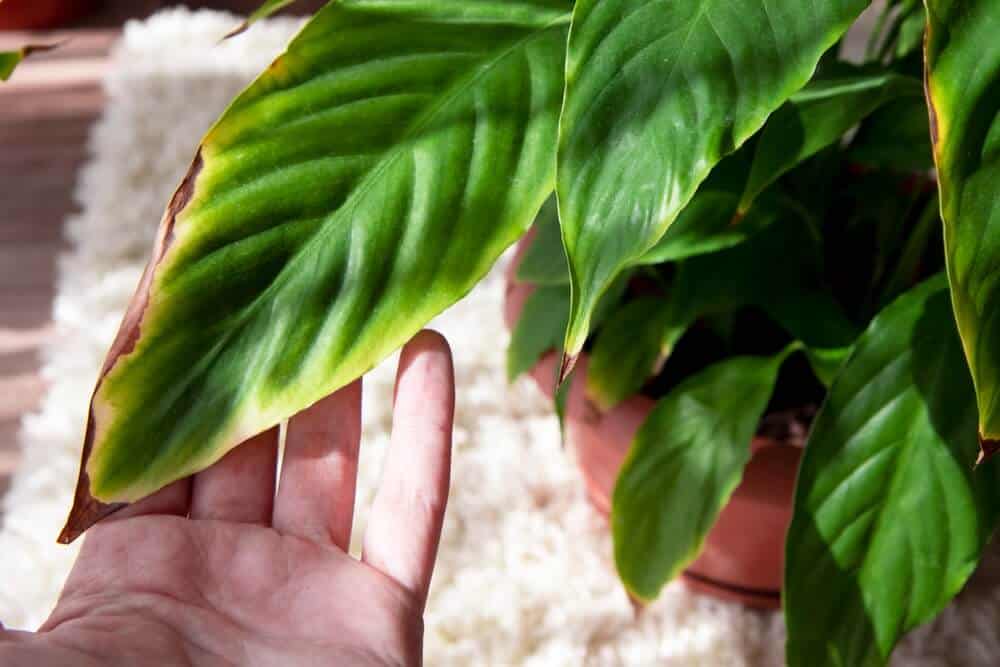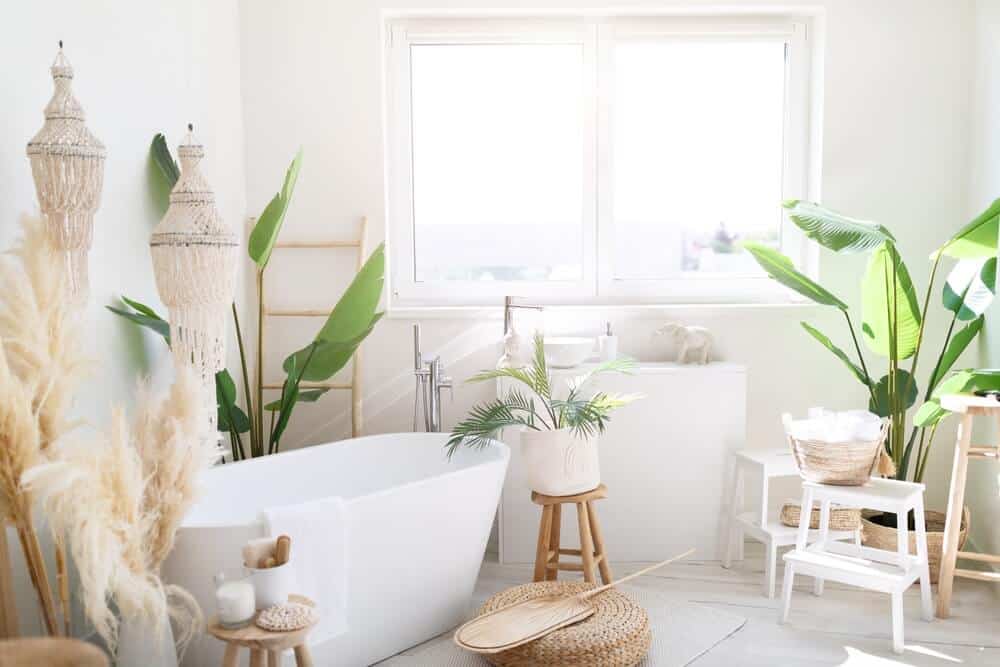Although many folks are adamant they cannot keep a houseplant alive, there is no real reason why they can’t.
Plants are fundamentally simple species. Their needs do not change over time, and once you’ve got it right, you can enjoy their beauty for many years.
The most critical factor in a happy houseplant is checking you’re getting their conditions right. You could either buy the plant because you love it and then find a place in your home that is perfect for it.
Alternatively, you can identify the ideal spot, just as a windowsill, and then research the perfect plant to fit.
If you notice your plants beginning to wane, and you’re not sure why here are the top 6 reasons your houseplant isn’t happy.
1. Water
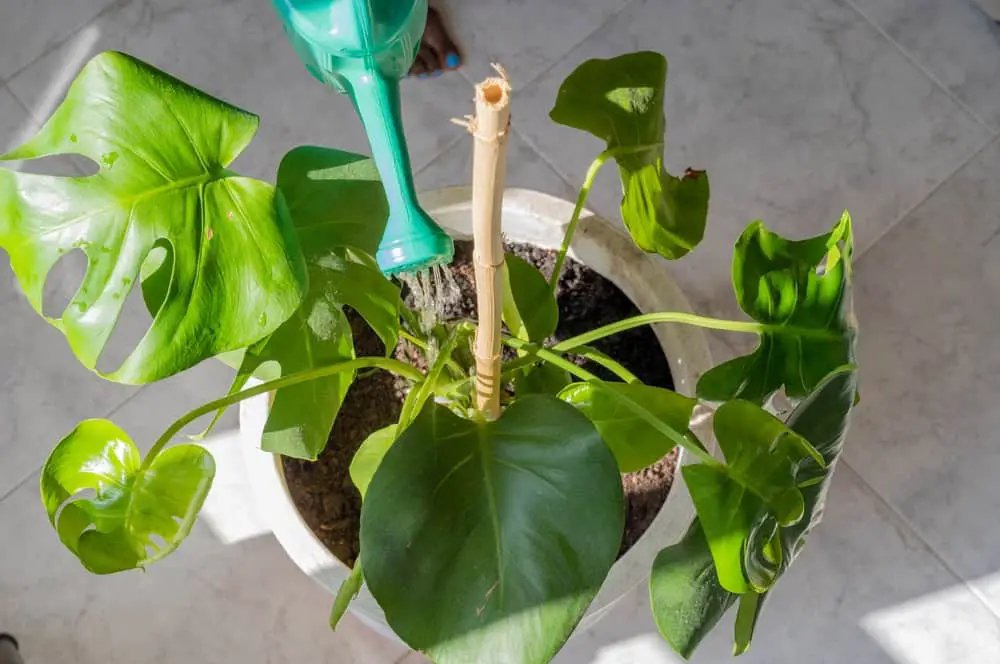
Water is the elixir for life for all species. Houseplants need water as much as we do, and without it will not survive.
For plants, however, water usually enters the plant through the roots, travels up the step, and into the leaves. Plants carry nutrition via the water around the plant. It is also needed for the plant to photosynthesize.
Hands down, the most common way to kill a houseplant is a lack of understanding about how much water a plant species needs. Each variety will need a unique amount, and it also depends on the age and stage of a plant.
Juveniles need more water for their roots to establish, whereas a more mature plant will generally be able to last a little longer before needing a drink.
Out of love and care, overwatering is common. In a desperate attempt to keep the plant alive, people are often quick to water it, but this is detrimental, and it won’t take long for the distress signs to show.
The first you’ll see is dropping leaves, which may lead you to water them again; the reason for this is, however, a lack of oxygen in the soil. Overwatering also causes roots to rot.
Underwatering will have different effects. The first signs are often wilting leaves, brown spots, and curling leaves.
As long as you haven’t left it too long, your plant will soon perk up once you give it some water; you may just need to pick off the leaves too far gone.
2. Light

It’s easy to assume that all plants will love a spot on a sunny windowsill, but this isn’t always the case. Light allows a plant to photosynthesize, which is their way of making energy to survive.
Although light is essential for plants and they cannot live without it, different plants have adapted to need different light levels, depending on where they originate.
For example, a species of cactus living in the bright light of the desert have evolved to need a lot more than those growing on the rainforest floor.
If your plant receives more light than it needs, you’ll find it begins to take on a faded, washed-out look, although it doesn’t necessarily lose its vigor to begin with. Many plants, such as succulents, love a bright room but do not cope well in direct sunlight.
Too little light will doom many plants to almost certain death. Without precious light, they can’t make the energy they need.
You may find young plants growing very tall in search of light, but this will also cause the plant to weaken.
3. Nutrition
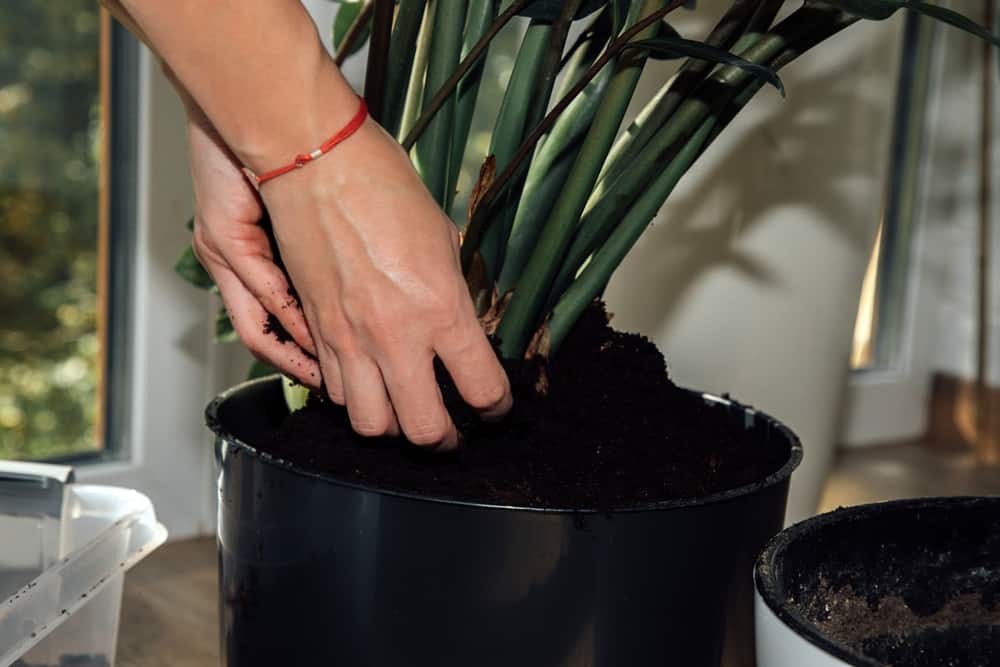
The plants that have otherwise been happy but now beginning to show signs of stress may be struggling with nutrition levels in the soil.
Your plants need three primary nutrients: nitrogen, phosphorus, and potassium. Overall, these three help the plant stay strong, luscious, and vigorous.
Topping up your plant with fertilizer during the spring will give it enough nutrition to do what it needs.
Without nitrogen, your houseplant will not grow new leaves or shoots as it should. It will also begin to cause a yellow tinge to the leaves.
A plant with a phosphorus deficiency will also have stunted growth and display a strange, dull, darker leaf color, which usually affects the mature leaves first.
Potassium helps water move around the plant, so your plant will begin to look droopy without it. You may also notice purple spots on the underside of a leaf.
4. Size

If your plants are functioning as they should, are happy and healthy, with consistent watering, light levels, and nutrient top-ups, but it’s looking crammed-in, you’ll need to start thinking about increasing the pot size.
As a plant grows, so do the roots because they need to find more moisture and nutrition to keep up with their growing demand.
You’ll know this is the case because your plant will have roots that look bound in the shape of the pot. When it is time to repot, purchase the next pot size and some extra compost and it’ll be much happier and continue to brighten your home.
Avoid putting your plant in a far larger pot than the plant; this can also lead to problems.
A large pot for a small plant will mean much more soil than that plant needs, and this soil will hold much more water than the plant can cope with, so without realizing it, you will end up overwatering.
5. Humidity
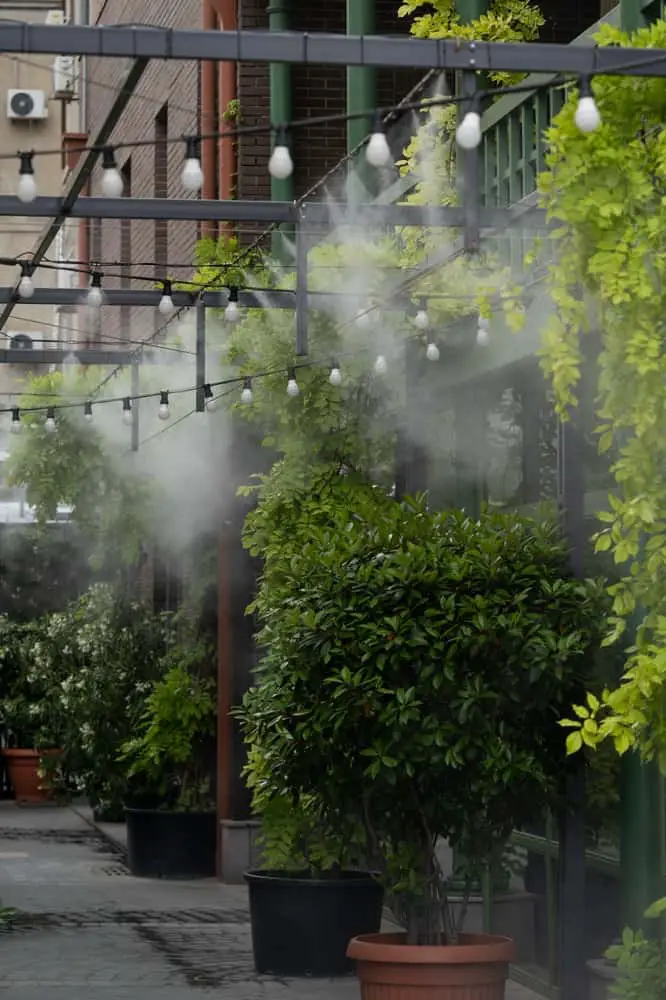
Unfortunately, it’s not possible to grow any plant in your home. Plants cannot adapt because you like the way they look. The general climate in which you live can play a part in determining what will survive and what won’t.
Humidity is the amount of moisture in the air all around you, and your location will determine how humid it is.
Humidity is caused by the water evaporating, so hotter areas tend to be more humid, with rainforest areas being one of the most humid climates.
Some plants that originate in these areas need this vapor to thrive. Most tropical plants need this and will find life hard if moved and grown in an area of low humidity.
The main symptom of a plant struggling without the moisture it needs is leaves that crisp, curl and develop increasingly large brown spots. The plant won’t last long without action.
The most obvious method is to use a humidifier to release moisture into the air around the plant. You can also shroud your plant in a plastic bag during colder months to retain moisture. Misting may work, but it is a temporary solution.
6. Disease
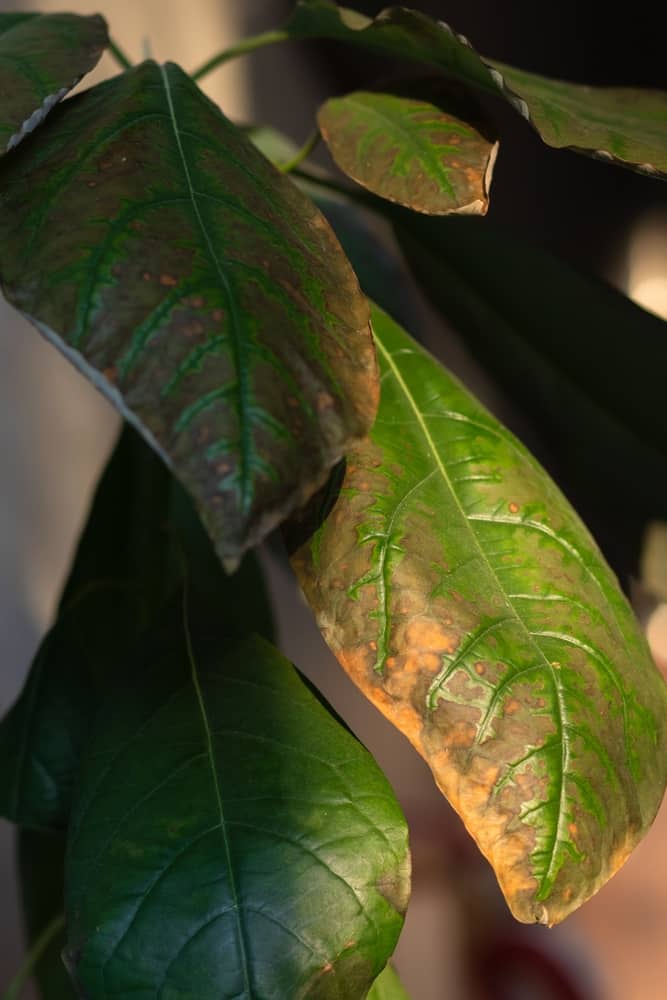
Unfortunately, disease can make it into your home and cause problems for you.
Infections that affect your greenery could be fungal, viral, or bacterial, and their symptoms differ but are often caused by poor air circulation or overwatering.
Some plants are resistant to certain diseases, so if your plant is going downhill for no apparent reason, it’s worth researching the specific plant to identify the exact problem and treat it.
If your plant does come under attack, you’ll know about it quickly. It won’t grow as it should, and the leaves will likely discolor or come away.
Act fast, and you might have a chance of saving it, although it may be better to remove the plant from your home in some cases.
